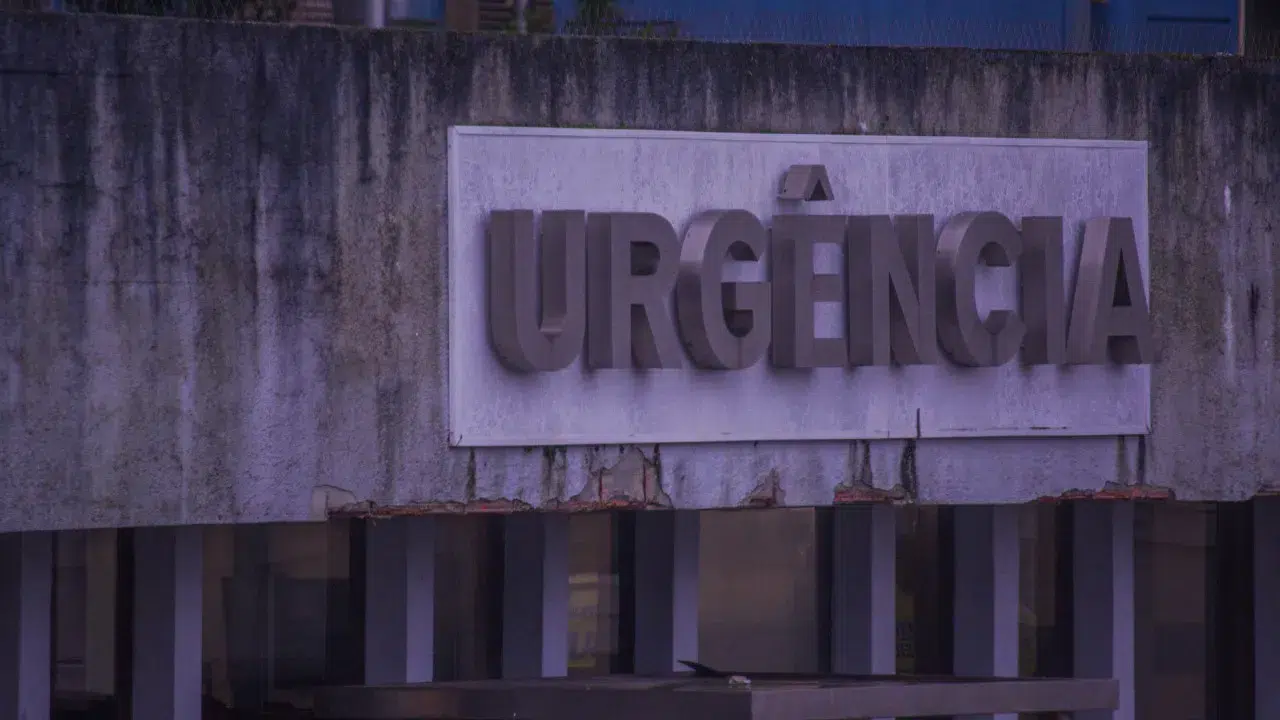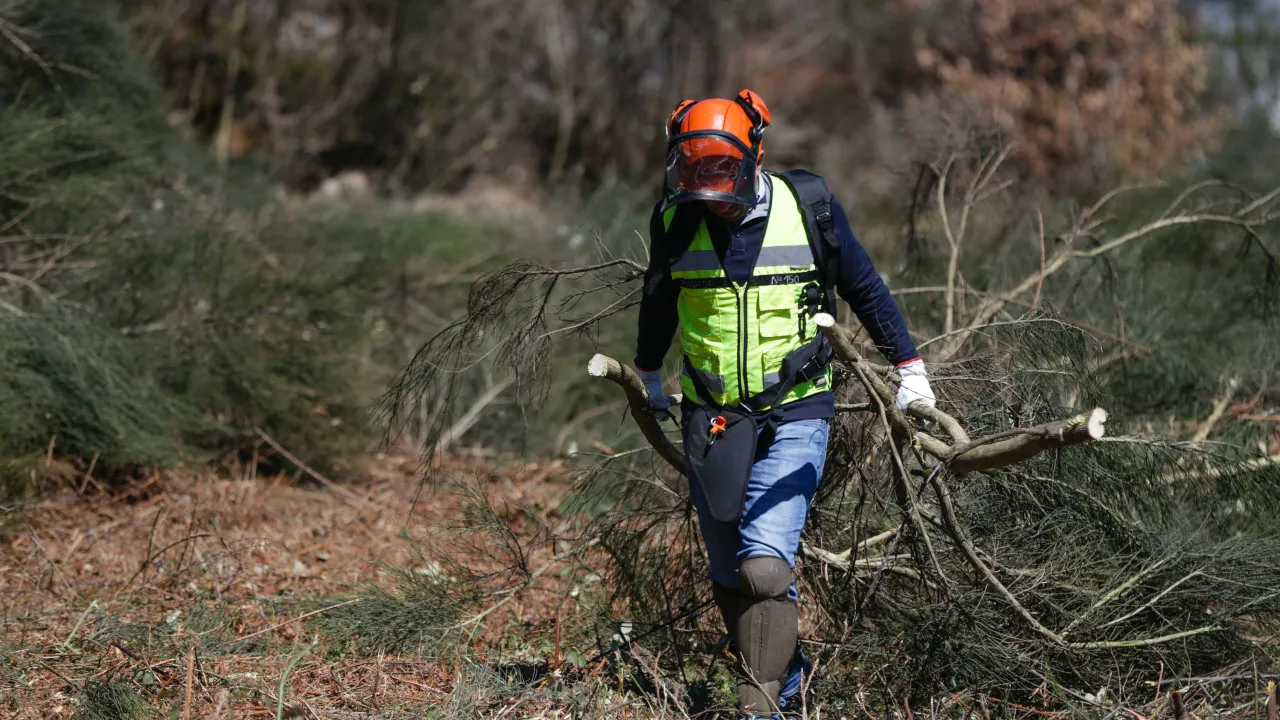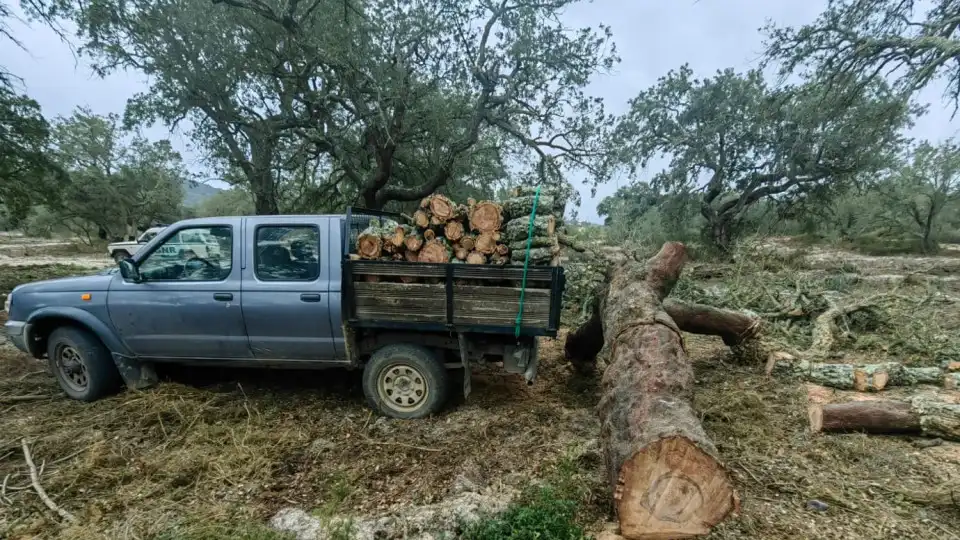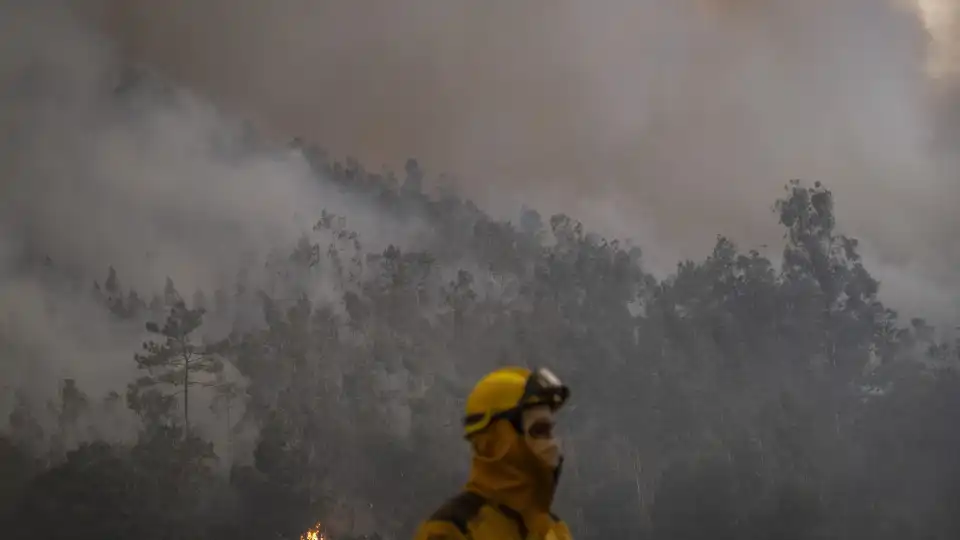Centro Pinus denounces the effectiveness of the PDR2020. The organization regrets that the new aid framework up to 2027 “continues to exclude the same people” and calls for speed in the “Vale Floresta”.

The Centro Pinus association is “concerned” about the “failure” of the PDR2020, having concluded that only a residual part of mainland Portugal’s forest area has been supported over the last seven years, a scenario it fears will be repeated by 2027, due to the lack of adequate changes.
“In seven years, the area of forest species with approved projects has represented just 2.4% of the forest,” according to the Pinus Center’s annual report, to which DN/Dinheiro Vivo had access.

João Gonçalves, president of the association, is particularly concerned when he points out that “support is not reaching the regions of the country that would need it most, nor the landowners who should be helped”. And he deplores the fact that “Vale Floresta” has fallen behind schedule.
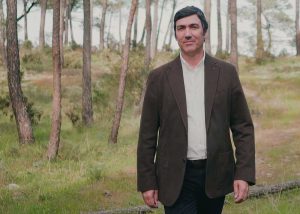
In an assessment of the forestry component of the Rural Development Program (RDP) 2014-2020, the Pinus Center, while acknowledging that the area financed “will have exceeded 77,734 hectares of forest species with projects approved until 2021, this figure represents only 2.4% of the continent’s forest in seven years of implementation” of the support framework.
Disparity
Of the five measures envisaged in the PDR2020 for forestry, the one that most distresses João Gonçalves is precisely that relating to fire prevention: “Look, there are around 400,000 forest owners, but the prevention measure alone has only received 2,214 applications”.
Despite the discrepancy between the number of owners and the number of applications, the Pinus Center points out that this is the second measure for which the highest number of applications has been submitted. And that might even be cause for consolation were it not for the negative side of things. The Pinus Center reveals that “the majority (60%) of requests submitted in the area of prevention were not allocated a budget. The execution rate is only 45%”. By contrast, only 4% of post-fire restoration measures were not granted.
A door without a lock
“These figures illustrate the failure of this financial instrument” for forests, criticizes João Gonçalves. In other words, by analogy, he says, “there are more funds to restore the forest after a fire – that is, after the house has been burgled – than to put a lock on the door, to prevent a burglary, in this case a fire”.
However, still on the subject of prevention, the manager draws attention to the fact that not all funding is earmarked for fire prevention, and that the amount is shared with applications aimed at preventing tree pests and diseases. Here too, the Pine Centre concludes: up to 2021, more than half the expenditure on approved projects has been devoted to the prevention and control of diseases and pests, and only 22% to the management of combustible vegetation”, the modality that would help prevent fires.
Alentejo faces North and Center
The association dedicated to the enhancement of pine forests makes another observation when reading the results of the PDR2020, now, in conjunction with the beneficiaries, to point out “another flaw”. It believes that, of the 41.7 million euros paid out under this program up to 2021 to prevent threats (fires and pests), “most have not been directed at the territories most vulnerable to fires”.
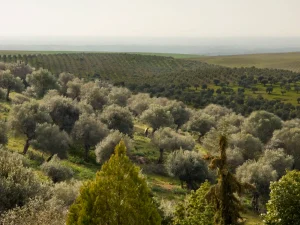
The Pinus Centre notes that “of these 41.7 million euros, the largest proportion (53%) has been paid out in Alentejo, the region that continues to concentrate most of the support measures for forestry (with the exception of payments for post-fire recovery)”.
In this context, João Gonçalves warns that “support continues to be inadequate for the majority of forest owners in the North and Centre of the country”, with the aggravating factor of looking at the successor to the RDP, the PEPAC (Strategic Plan for the Common Agricultural Policy) 2023-2027, and seeing that “it suffers from the same problems”, with support continuing to be “inadequate”, in terms of “not making life easier for small owners”.
How to reach those in need?
There was hope in the “Vale Floresta” announced in the state budget for 2023, which included a budget of 5 million euros – but in the end, the Pinus Center found that “in the budget for the Environmental Fund, published in March, only 3 million are mentioned”. But more than the reduction in funds, the association points to the fact that applications have not even been opened yet.
The “Vales Floresta” are a fundamental contribution for small owners who clean up their land and prevent fires, they are a positive motivation” – and this is how João Gonçalves sees safeguarding the forest.
“It should be easier for a smallholder to access the funds. It’s always by zone and that doesn’t make sense. There should be a one-stop shop to which the landowner would go and where it would be as easy to get help as it would be to pay a fine for not clearing his land.”
“At the moment, we have the means [support], but we’re not in a position to act on the ground. The smallholder has to pay for clearing, he pays a fine if he doesn’t, but he has no support and there should be an incentive. We will have the support of PEPAC, but the requirements are the same as those of PRD2020, in other words, we will continue to exclude the same people.
The forests will benefit from 425 million euros in European aid. Bidding opens in 2024


